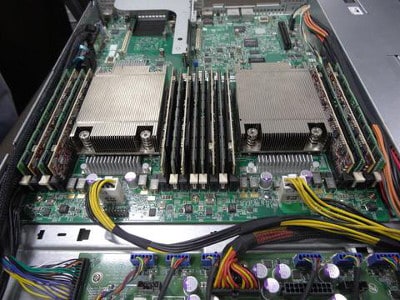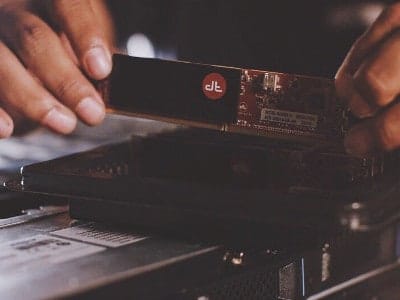
 Ottawa’s Diablo Technologies is betting that Flash-based, in-memory RAM modules are going to drive the next generation of enterprise computing power, allowing data intensive processes involving Big Data, analytics and Internet of Things applications much closer access to what have become increasingly scarce CPU capacities.
Ottawa’s Diablo Technologies is betting that Flash-based, in-memory RAM modules are going to drive the next generation of enterprise computing power, allowing data intensive processes involving Big Data, analytics and Internet of Things applications much closer access to what have become increasingly scarce CPU capacities.
As enterprise need for data processing increases, from Big Data to Smart City applications through social media to the Internet of Things, companies are looking for ways of boosting server efficiencies. Always on, real-time and instantly accessible has become the new normal for data and storage capacity, which puts a strain on infrastructure.
Diablo Technologies unveiled its Memory1 dual in-line memory (DIMM) module in August, demonstrating it at the Flash Memory Summit in Santa Clara, California, which it bills as the world’s first all-flash DDR4 memory module.
“The massive influx of data is constantly being leveraged in new ways that improve our daily lives,” says Diablo Technologies marketing director Jerome McFarland. “There’s just one problem. Behind the scenes, efficient datacenters are needed to power these software innovations…and the datacenters are struggling to keep up.”
Founded in 2003, Diablo opened its Ottawa office in 2004. In 2013, it introduced its memory channel storage approach to data access, and opened a Silicon Valley office in 2015.
For enterprise looking to minimize both capital expenditures and operating expenditures, Diablo claims that using Flash as system memory can provide up to four times the capacity of DRAM, enabling dramatic consolidation of infrastructure, reducing Total Cost of Ownership (TCO) by as much as 70%.
While CPU speeds and software infrastructure have advanced and become more sophisticated in recent years, so have the needs of data and processing applications even more dramatically increased.
DRAM has become the de facto standard for keeping relevant data close to the CPU, but as the need to transition to Big Data processing applications has grown, enterprise is increasingly pressured to add servers owing to a limit on DRAM’s power.
Memory1 uses JEDEC-compliant LRDIMM/RDIMM hardware and fits into standard DDR4 memory slots, meaning that memory performance can be dramatically increased without any changes to the CPU, motherboard, operating system or other applications, which is helpful for keeping capital expenditures down, and also means that terabytes of cost-effective, low-power system memory can reside on a single server.
A few years ago, IT people would have scoffed at the idea of using Flash as system memory, but if doing so means that datacenter deployments require up to 90% fewer servers, then Flash solves a real infrastructure pain point.
Leave a Reply
You must be logged in to post a comment.




 Share
Share Tweet
Tweet Share
Share




Comment